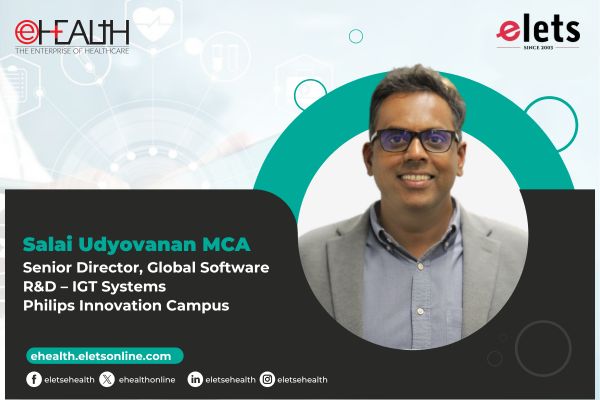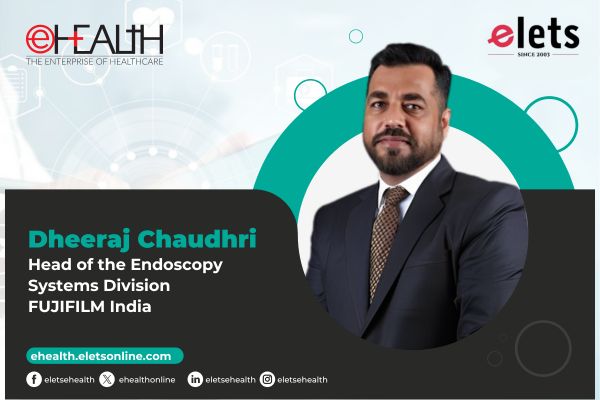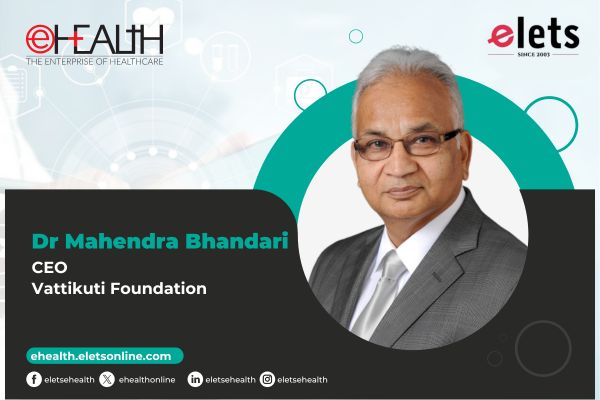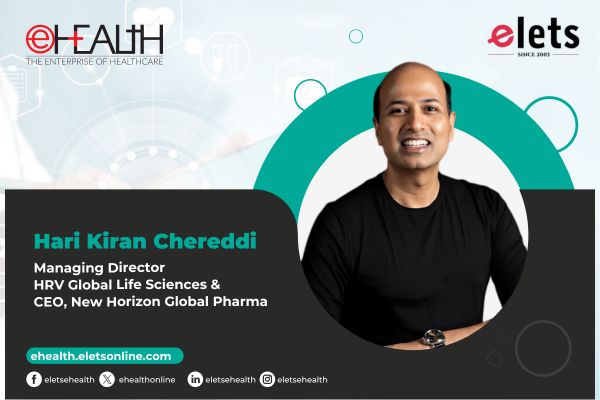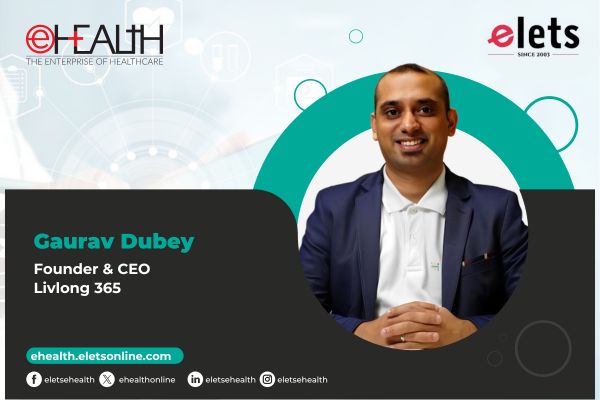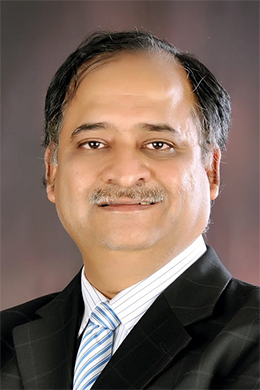

CEO, Curespring
Healthcare industry is growing at a rapid pace and it has become one of the largest sectors which has started to adopt IT, and putting it to optimum use is necessary, Ramakanth Desai, CEO, Curespring, tells Elets News Network (ENN)
How do you see adoption of IT in hospitals?

Nearly 30 to 40 per cent of hospitals have adopted basic HIS mostly in western and southern part of the coutnry. But they are mostly used for basic back office administration functions like patient registration/ billing etc. Hospitals have to start adopting technology for care and cure, to reduce the patient revisits and increased access for specialists and start adopting various IT apps for diagnosis. Next generation PACS/ HIS & LIS will have to be adopted. HIS has to be adopted from patient care perspective than billing perspective. There is a need for automating workflow and integrating labs so that manual errors in recording the tests results have to be avoided and also reduce the cycles for patient care. Hospitals need to use technology for optimum use of specialists time. Outpatients EHR/EMR is not there in most hospitals and this has to be made mandatory.

Elaborate utility of Next Gen PACS/HIS & LIS?

All next generation platforms will become more doctor, patient and evidence based. The platforms will start various differentiated careneeds. Next generation PACS will address specialists needs For example -Lesion management System in accordance to industry standards (RECIST), Consistent oncology image reporting. Next Gen PACS will cater to all specialties, including gastro, ophthalmology, dermatology, pathology. Adoption of HIS will help doctor to doctor collaboration platforms, doctor to patient interaction platform and third party apps for various diagnosis and care.

Next Gen HIS will be more patient care centric than billing centric for example – visual and auditory warning systems are generated in the event of abnormal test results. It will address ecosystem integration needs, support automated patient data transfers between departments and institutions, enable graphic or digitised diagnostic images and integration with the inpatient case sheet. Implementation of LIS will start focusing on automated data capture and medical device integration to reduce manual errors in reporting.
How can IT help in the remote healthcare delivery?
IT can help in connecting general physician access to specialist knowledge. Physician to specialist and specialist to specialist online consultation can be facilitated. IT can help in creating clinic information systems. General physicians can have access on databases like pharma, patient case history). Continuous education is a must for many general physicians. CME programs are not reaching even 10 per cent of doctors in remote areas. Using IT health consciousness can be enhanced – need for prevention than cure. Cost of logistics can be reduced considerably using telecare platforms such as Curespring.
Where do you see Curespring in the coming times?
Our Vision is to enable 5000 remote tele clinics with access to specialist care in the next four years. Deploy our HIS for hospitals with extensions of doctor to doctor collaboration, doctor to patient interaction platform, hospital performance enhancement around care parameters and third party apps for diagnostics. Deploy our PACS system to launch image enabled EMR/EHR.
Be a part of Elets Collaborative Initiatives. Join Us for Upcoming Events and explore business opportunities. Like us on Facebook , connect with us on LinkedIn and follow us on Twitter , Instagram.
"Exciting news! Elets technomedia is now on WhatsApp Channels Subscribe today by clicking the link and stay updated with the latest insights!" Click here!







